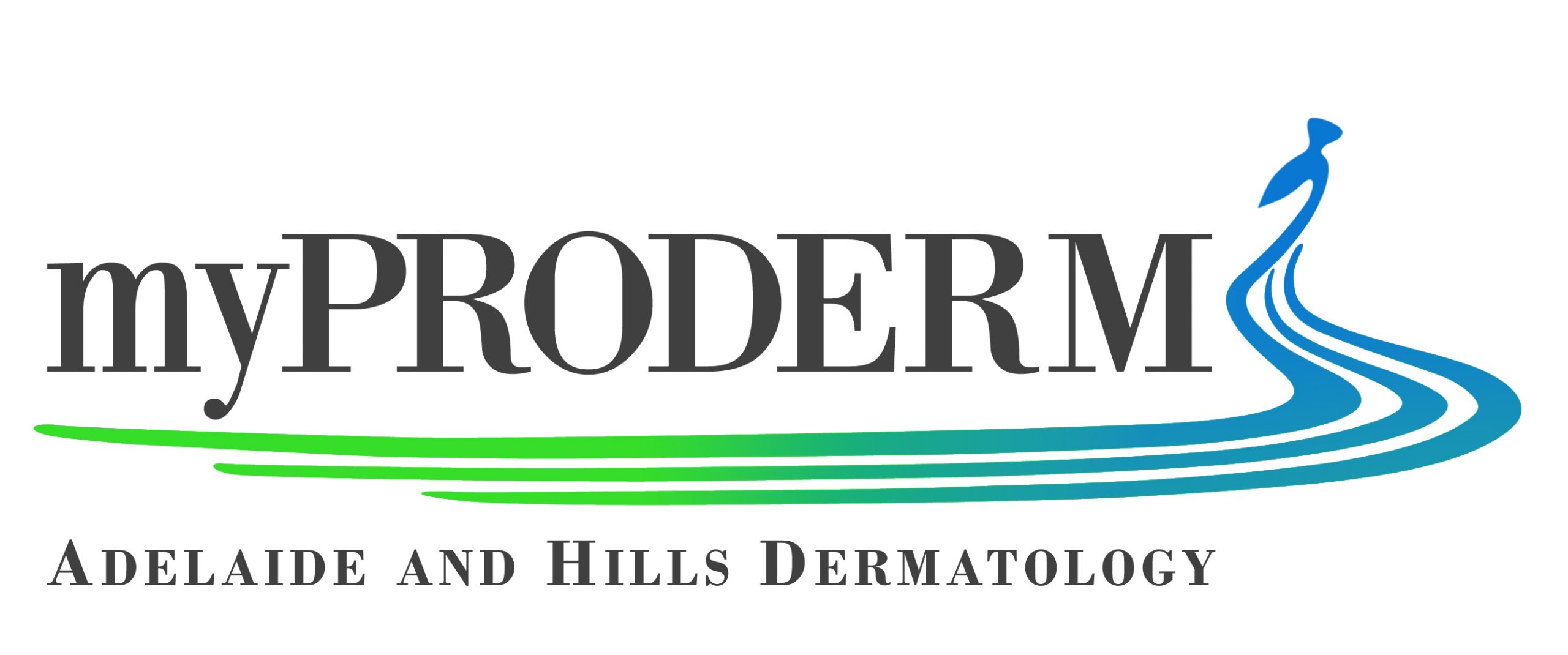Rosacea
- Rosacea is a chronic (long-term) condition that affects adults and causes inflammation of the skin on the face.
- It results in redness and visible blood vessels (telangiectasia) in the central part of the face (cheeks,chin, forehead and nose).
- Rosacea affects about 5% of the global population. People from all nationalities and races can get rosacea but is twice as common in Caucasian people (especially with Celtic or English heritage).
There are four subtypes of rosacea. Subtypes of rosacea can appear in different combinations at different times in the same person.
- Erythematotelangiectatic rosacea: is the most common type and causes facial redness, flushing and telangiectasia.
- Papulopustular rosacea: can sometimes be confused with acne because it causes red bumps and pustules (pimple-like lesions) on the skin. It can be uncomfortable or irritating.
- Ocular rosacea: causes redness and inflammation both inside the eyes and on the eyelids. It may feel like grittiness in the eyes.
- Phymatous rosacea: is a severe type and does not occur in all people with rosacea. It causes prominent pores and thickening/swelling of the skin, most commonly on the nose.
- Intermittent flushing. This is triggered by factors including heat, sunlight, spicy food, alcohol and hot foods/beverages.
- Persistent facial redness.
- Sensitive skin. Stinging, irritation and increased redness with use of products on the face.
- Red bumps or pimple-like lesions.
- Irritated, stinging, red or gritty eyes.
- Skin thickening with prominent pores, resembling orange peel.
- An exact cause for rosacea has not yet been found.
- Increased numbers of microscopic Demodex mites are present on the facial skin of people with rosacea and are thought to play a role in the development of rosacea.
- Rosacea is an inflammatory condition that has been increasingly associated with other inflammatory disorders affecting other parts of the body including cardiovascular, gastrointestinal, and neurologic systems. There is still much research occurring in this area.
- There isn’t a cure for rosacea, but combination of various medications and lifestyle changes can reduce signs and symptoms and achieve disease control. Generally a combination of treatments gives the best results.
- Without treatment, the symptoms may get worse over time.
Treatment of rosacea will depend on the type and severity of the condition.
- Lifestyle Modification
Maintaining a healthy well balanced diet, reducing alcohol consumption and avoiding triggers where possible can all help with rosacea control. Regular moisturiser and soap-free wash will help maintain good general skin health and reduce skin sensitivity. There are specific products available for sensitive and rosacea-prone skin, which contain minimal fragrance and other potentially irritating components. Sun protection is extremely important.
- Topical Treatments
These are skin-directed creams, ointments and lotions. Topical treatments include ingredients such as metronidazole, azelaic acid, benzoyl peroxide, antibiotics, brimonidine and ivermectin. People with ocular rosacea may need eye drops.
- Oral Treatments
For rosacea that is moderate to severe or not responding to topical treatments alone, tablets are available and include antibiotics and retinoids. Severe rosacea may require short course immunosuppressive medication.
- Laser/Light-Based Therapy Treatments
IPL (intense pulsed light) and lasers can treat the redness associated with rosacea. Safe use of lasers and light-based devices will depend on your natural skin colour. Ablative lasers can be used to re-shape the nose in rhinophyma.
- Surgery
For phymatous rosacea affecting the nose (rhinophyma) day surgery can be an option to re-shape the nose.
